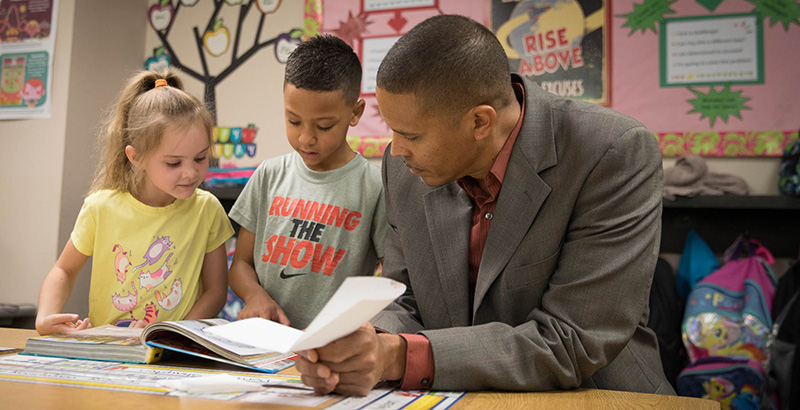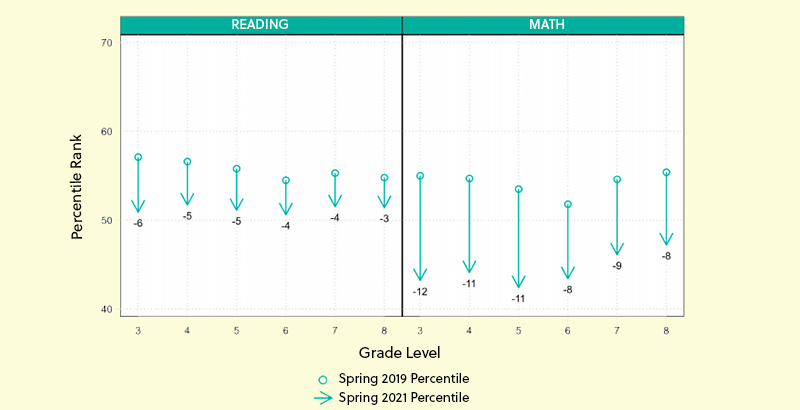Our 9 Best Education Articles from August: The Fight to Avert a K-Shaped Classroom Crisis, Keeping Schools Safe Amid the Delta Variant, Creative Summer Learning & More
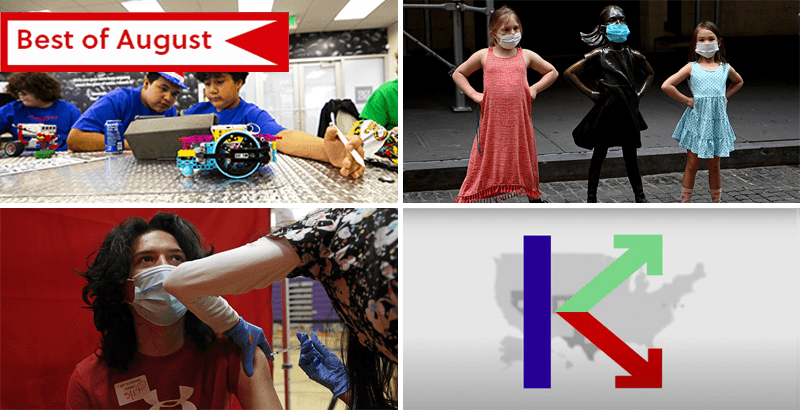
Get stories like these delivered straight to your inbox. Sign up for The 74 Newsletter
Another bumpy and surreal back-to-school season is upon us — the second we’ve faced during the ongoing pandemic and the first that’s been defined by the more infectious Delta variant, which has been spreading more readily among younger students. This month we looked back at the learning losses from the past 18 months, looked ahead at the potential for COVID’s K-shaped recession to widen already daunting achievement gaps in our classrooms, and went straight to the doctors to better understand how the Delta variant could disrupt yet another school year.
Here were our most popular and important articles of the month:
D.C.’s Missing Students and the Rush to Avert a K-Shaped COVID Classroom Crisis
Achievement Gaps: To judge from the dry run that was kindergarten orientation, 4-year-old Mustafa Fletcher will be wearing crisp chinos, a tidy polo shirt and an irresistible smile when he starts school a few days from now. But after a year isolated at home, logging onto different remote preschools a few minutes at a time, how ready is he really? Last year, some 2,000 D.C. kindergartners and preschoolers didn’t show up at the start of the school year. Those children come from communities with some of the highest poverty rates in the country; in the public housing complex where Mustafa lives, across the Anacostia River from wealthy Capitol Hill, median family income is less than $20,000 a year. The deficits in academic and social-emotional development such children normally face have been multiplied many times over by the isolation, financial instability, illness and fear inflicted by the pandemic.
This story, about the unprecedented demands the coming year’s supersized kindergarten classes will place on D.C. schools, is the first in a series of deep dives by The 74 examining the impact on America’s classrooms of COVID-19’s K-shaped recession. Before the pandemic, Beth Hawkins reports, Mustafa’s mother cleaned houses in affluent neighborhoods. But when wealthy Washingtonians, who barely noticed the economic downturn, stopped spending on services like hers, the ripples reached the city’s littlest learners.
See other parts in Beth’s series:
— School Funding: Will the financial fallout from the pandemic finally fix Jim Crow-era school funding rules? (Read more)
— Learning Gaps: Now facing up to 9 grade levels per class, can schools endure the turbulence of COVID’s K-shaped recession? (Read more)
— Career and Technical Education: Recession, recovery & robotics — Can CTE and Reno’s reinvented schools avert a post-COVID classroom crisis? (Read more)
— 74 Explains: WATCH — Why the fallout from the pandemic’s K-shaped recession may be felt by students for years. (Read more)
— Expert Q&A: Professor John Friedman explains how an economic tracker discovered the K-shaped recession — and what it means for schools (Watch the full conversation)
— Go Deeper: See the full series — COVID’s Classroom Crisis.
Genocide ‘In My Own Backyard’: North Carolina Educators Ignored State’s Eugenics History Long Before Critical Race Theory Pushback
Teaching History: Even as a young girl, the shadow of a dark history hung over Orlice Hodges. At 7 years old, her grandmother offered an explanation — chilling, in retrospect — of what happened to young women taken away by social workers: They went to Black Mountain to get “fixed.” As she got older, the North Carolina woman would learn the awful meaning. “’Fixed’ meant sterilization,” said Hodges, who was told by family members that her own aunt had been a victim. From 1929 to 1974, North Carolina’s eugenics program sterilized over 7,600 people — in its latter years, disproportionately targeting Black women. To this day, reports Asher Lehrer-Small, none of the state’s 10 largest school districts include the episode in social studies curricula, despite a two-decades-old recommendation from a governor-appointed committee calling on the North Carolina Department of Public Instruction to do just that. An exhibit that included first-person accounts and victims’ medical records commissioned “to ensure that no one will forget what the State of North Carolina once perpetrated upon its own citizens” toured colleges and universities for a few years in the early 2000s before being packed away in a state office basement. That North Carolina’s K-12 schools have almost without exception ignored this tragic history offers a compelling example of how knowledge of racially motivated, government-inflicted harm was suppressed long before the recent debate over critical race theory. Read the full article.
— Related: Critical race theory and the new ‘Massive Resistance’ (Read more)
— Chaos Theory: Amid pandemic recovery efforts, school leaders fear critical race furor will ‘paralyze’ teachers (Read more)
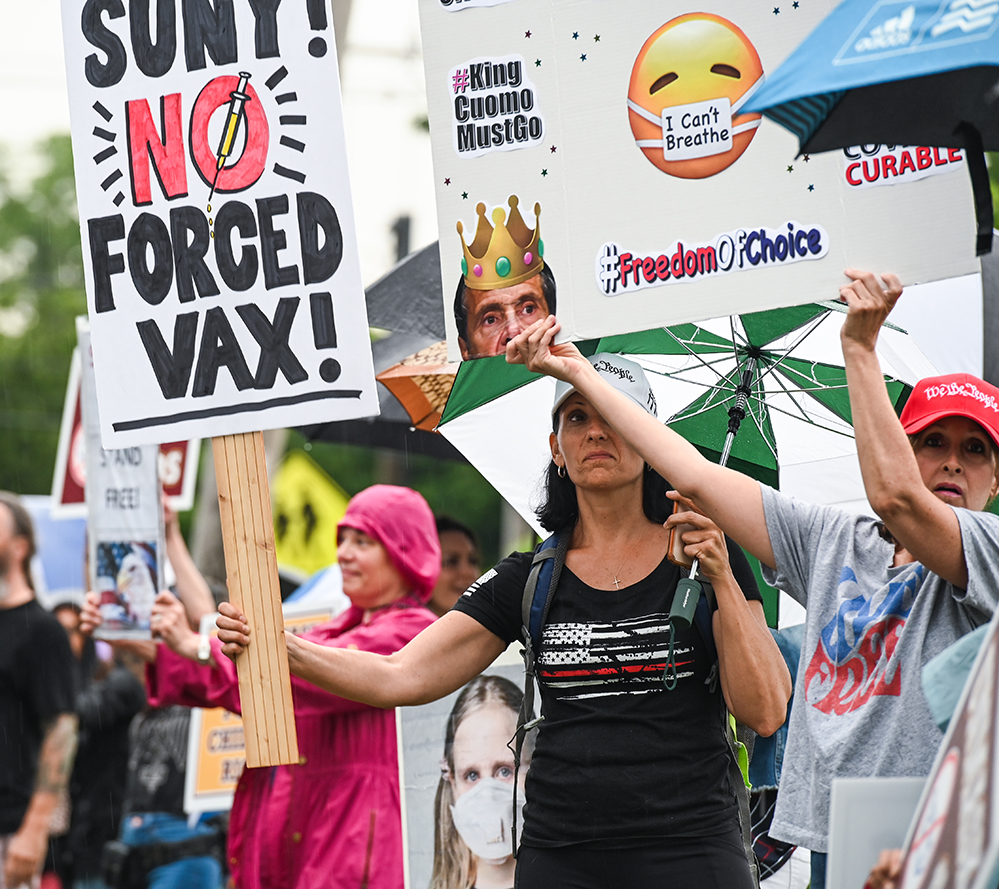
Twitter Breaks, Meditative Walks, Security Guards: How School Leaders are Responding to an Unsettling Season of Public Outrage
School Leadership: During a pandemic recovery task force meeting earlier this year, Virginia Beach schools Superintendent Aaron Spence interrupted the conversation with a personal request. “When are we going to talk about us?” he asked the group. Spence, like superintendents nationwide, had been taking so much heat on social media over district reopening plans that he finally left Twitter for a year. With the added turbulence related to critical race theory, threatening tweets, emails and phone calls not only rattle district leaders, but are contributing to increased security at school board meetings. “People are just so angry right now,” Susan Enfield, superintendent of Washington’s Highline Public Schools, told reporter Linda Jacobson. District leaders aren’t the only ones under attack. Some of the hateful words are directed at parents who are speaking out against what they view as indoctrination. “The temperature and rhetoric is too hot on all sides,” said Erica Sanzi of the nonprofit Parents Defending Education. Experts see the virtual attacks on superintendents as part of a larger trend of threats against public officials. According to Tufts University sociologist Sarah Sobieraj, “Things that used to seem like regular good jobs that had a public face now seem like dangerous, high-risk activities.” Read our full report.

Ask the Doctor: With Delta Variant Rampant, How Can Parents Protect Young Kids from COVID this Summer and Fall?
Student Safety: If you’re the parent of a child under 12, you may feel like you’re in a tricky spot right now. Spread of the highly infectious Delta variant has driven COVID-19 cases up more than 200 percent in the past month nationwide, with especially rapid transmission in undervaccinated areas. But the most recent vaccination timelines say your child won’t be eligible for coronavirus shots until midwinter. “The Delta variant resets the COVID clock back to March 2020 for people who are not yet vaccinated, including children,” Rebecca Wurtz, professor of health policy at the University of Minnesota, told The 74. Meanwhile, on Tuesday, the Centers for Disease Control and Prevention reversed course on masking recommendations in schools, now urging students and adults in K-12 settings to cover up. In this quickly changing landscape, and as the back-to-school season approaches, The 74’s Asher Lehrer-Small asked health experts how parents of children under 12 can best navigate the months ahead.
— Quarantine Rules: ‘Buried’ CDC guidance emphasizes universal masking, says properly protected ‘close contacts’ need not quarantine (Read more)
Trailblazing Leader Was Hired to Fix Colorado Springs Schools. Will Doubling Down on His Reforms Avert COVID Classroom Crisis?
Equity: In conservative Colorado Springs, a Black superintendent watched as the pandemic took a disproportionate toll on the low-income students his schools served. Overall, the city is wealthy, but the poverty rate in District 11 schools has risen over the last decade as enrollment has fallen and academic achievement plunged — trends made worse by the pandemic’s K-shaped recession. So while many school system leaders were scrambling to develop policies about masks and personal protective equipment, Michael Thomas fixed his sights on a much longer horizon and doubled down on a pre-COVID plan to put equity at the center of every decision. Thomas grew up in Minnesota’s Twin Cities and was a frequent target of racial animus, from the teacher who hurled an epithet at him when he was in sixth grade to the cops who pulled him over and chased him out of an all-white suburb when he was a teenager. After George Floyd was killed by a police officer — on a Minneapolis streetcorner Thomas recognized — he wrote an open letter to his Colorado Springs community describing his run-in with the cops and explaining its significance to the work he was leading in the school system. The pandemic, he tells Beth Hawkins, did not create the inequities that make it hard for his most underresourced students to flourish. But with COVID-19 throwing the disparities into stark relief, it’s time to make systemic changes — and he hopes the community, which has supported him so far, will go along. Read our full profile.

Saturday Science Lessons in the Park: Cleveland School District Sneaks Science Learning into Eye-Catching, Hands-On Experiments at Festival
Summer Science: If you thought science lessons were just for indoor classrooms, take a look at what the Cleveland school district has done this summer. In a city where kids regularly score near the bottom on state science tests, the district conducted eye-catching, hands-on experiments — including vinegar and baking soda volcanoes; huge, light-refracting soap bubbles; and paper airplanes — at a weekly summer festival. Students and parents also got take-home kits to do more experiments together. It was a way to spark interest in science, particularly after COVID-19 closed classrooms for more than a year. “This is an opportunity to extend learning beyond the traditional means,” said Victoria Weisberg, a preschool teacher in the district who organized the activities, all funded with federal COVID recovery dollars. “We’re hoping to create curiosity about science and engineering and further enhance family bonding.” Read the full story.
—Shipwreck Camp: How a creative Ohio camp is delivering a treasure trove of science with the search for sunken boats in Lake Erie (Read more)
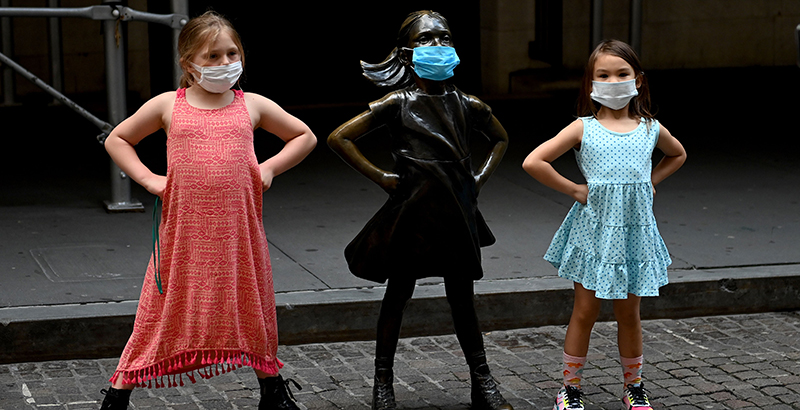
Peering 30 Years into the Future, Economists See Lost Earnings for the Pandemic Generation of Students — But Summer School Might Help
Future of Work: The year 2050 may seem a long way off, but in 29 years our current crop of K-12 students will be well into their careers. Recent findings from the University of Pennsylvania warn that over the next three decades, our recent COVID-related U.S. school closures, as well as the shift to virtual schooling, could massively impact our national gross domestic product, putting a huge dent in future workers’ earning potential. But, as 74 contributor Greg Toppo reports, researchers suggest an expensive remedy: extending the school year. Adding just one month of summer school won’t be cheap — about $75 billion — but the study finds it could help shrink GDP loss about half a percentage point, from 3.6 to 3.1 percent, producing gains of $1.2 trillion over the next three decades. Read our full report.
State of Play: What Researchers Know — and Don’t — about Enrollment Declines and Learning Loss as School Year Gets Underway
Learning Loss: With the new school year getting underway, data from spring 2021 should lend urgency to calls to find missing students and assess learning losses, researchers say. The number of third-graders in high-poverty schools at grade level on a nationwide exam fell 17 points, from 39 percent in 2019 to 22 percent last year — and in Newark, for example, math proficiency was just 9 percent in grades 2 to 8. In Indiana, fewer than one-third of students passed both the state math and reading tests. Overall enrollment was down 3 percent nationwide, and 13 percent of preschool and kindergarten students never showed up. Meanwhile, the number of families homeschooling their kids has mushroomed, fueling historic increases among Black households. Beth Hawkins has some key takeaways.
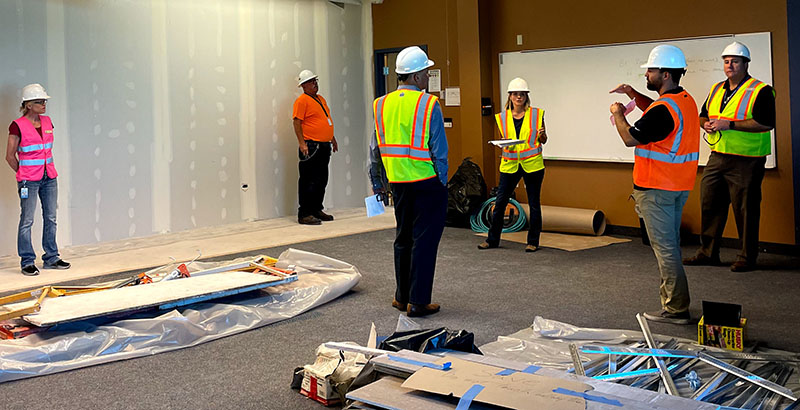
Amid Historic Federal Windfall, School Leaders Find that Soaring Inflation is Curbing Their Ability to Purchase, Hire and Build
School Finances: School districts have more federal money than they’ve ever had. But with inflation at a 13-year high, educators are slowly awakening to the reality that those funds might not go as far as expected. Delays of supplies and equipment for construction projects and labor shortages are driving up the cost of just about everything schools need to operate. Wages are also climbing, because districts can’t find enough employees to drive buses or give students additional academic support, and finance directors are wondering whether ongoing revenues will keep pace with expenses. “School districts are like little cities,” Charles Carpenter of the Denver Public Schools told reporter Linda Jacobson. “You’ve got food service. You’ve got transportation. You’ve got maintenance. Inflation across the sectors will impact all those areas.” Read the full report.
Go Deeper: Get essential education news and commentary delivered straight to your inbox. Sign up here for The 74’s daily newsletter.
Get stories like these delivered straight to your inbox. Sign up for The 74 Newsletter


